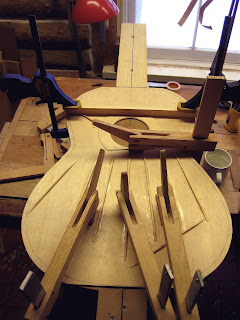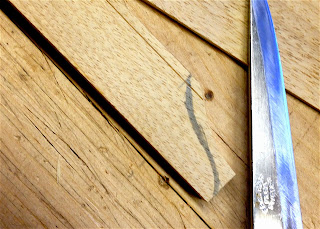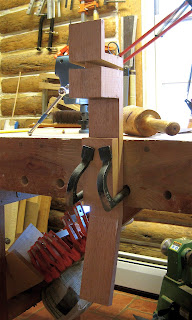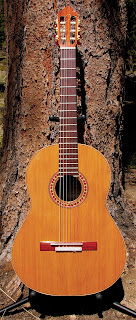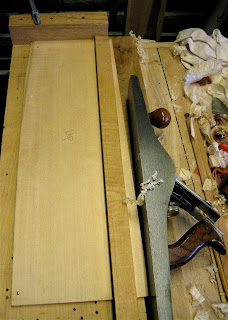Posts
Showing posts from 2014
Making an Antonio Torres Style Guitar: Top Bracing, Attaching Top to Neck and Bending Sides by Hand
- Get link
- X
- Other Apps
How I Made an Eight Inch English Layout Square
- Get link
- X
- Other Apps
On Being Vise-less, Paring Chisels and Carving Guitar Necks
- Get link
- X
- Other Apps
Disston Rip Saw, Stanley Scrub Plane, Douglas Fir Guitar Top
- Get link
- X
- Other Apps
1860's Greek Revival House: My Work Is Done!
- Get link
- X
- Other Apps
Hernandez y Aguado Style Guitar - Douglas Fir Top, Mahogany Back and Sides
- Get link
- X
- Other Apps
Advice for an Aspiring Classical Guitar Maker
- Get link
- X
- Other Apps
